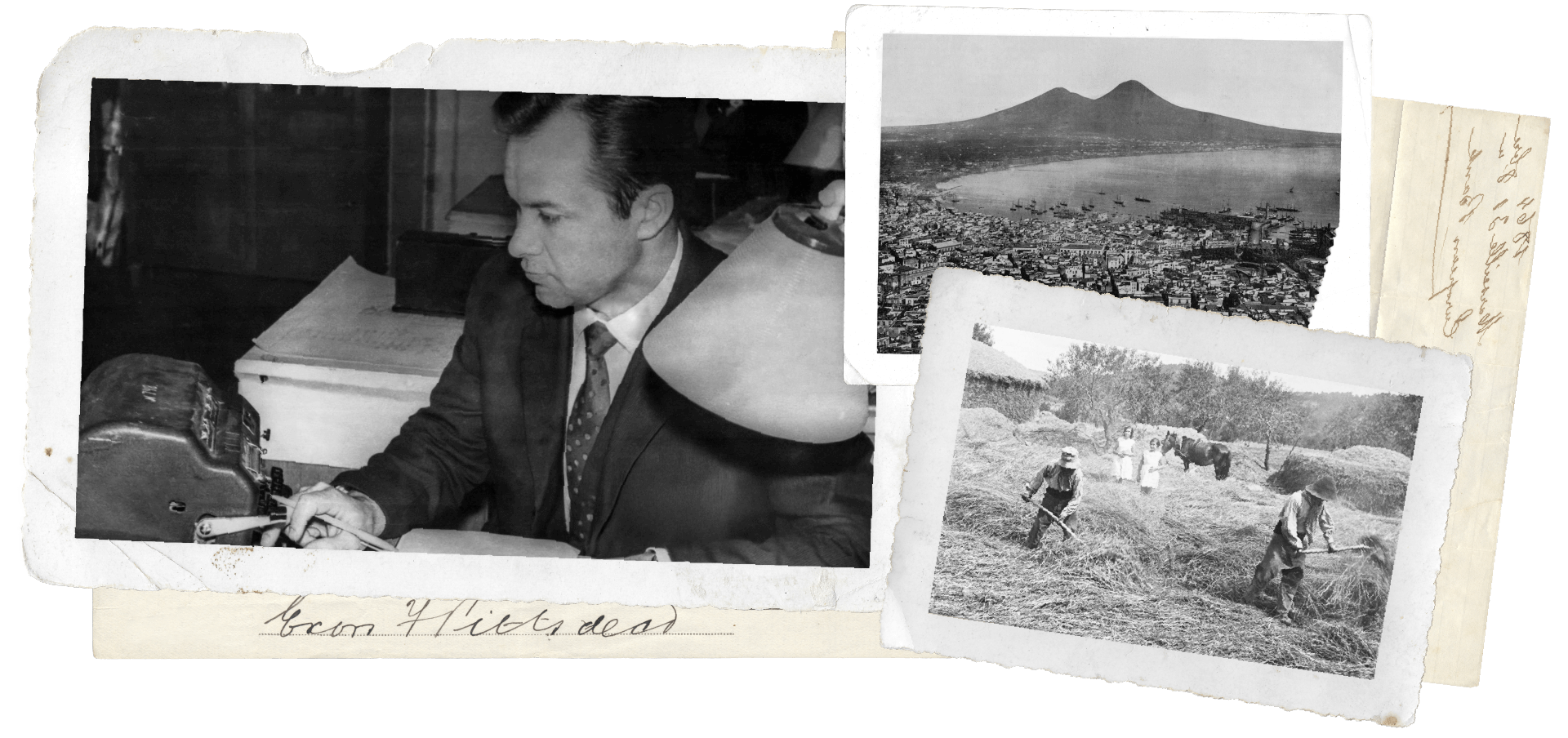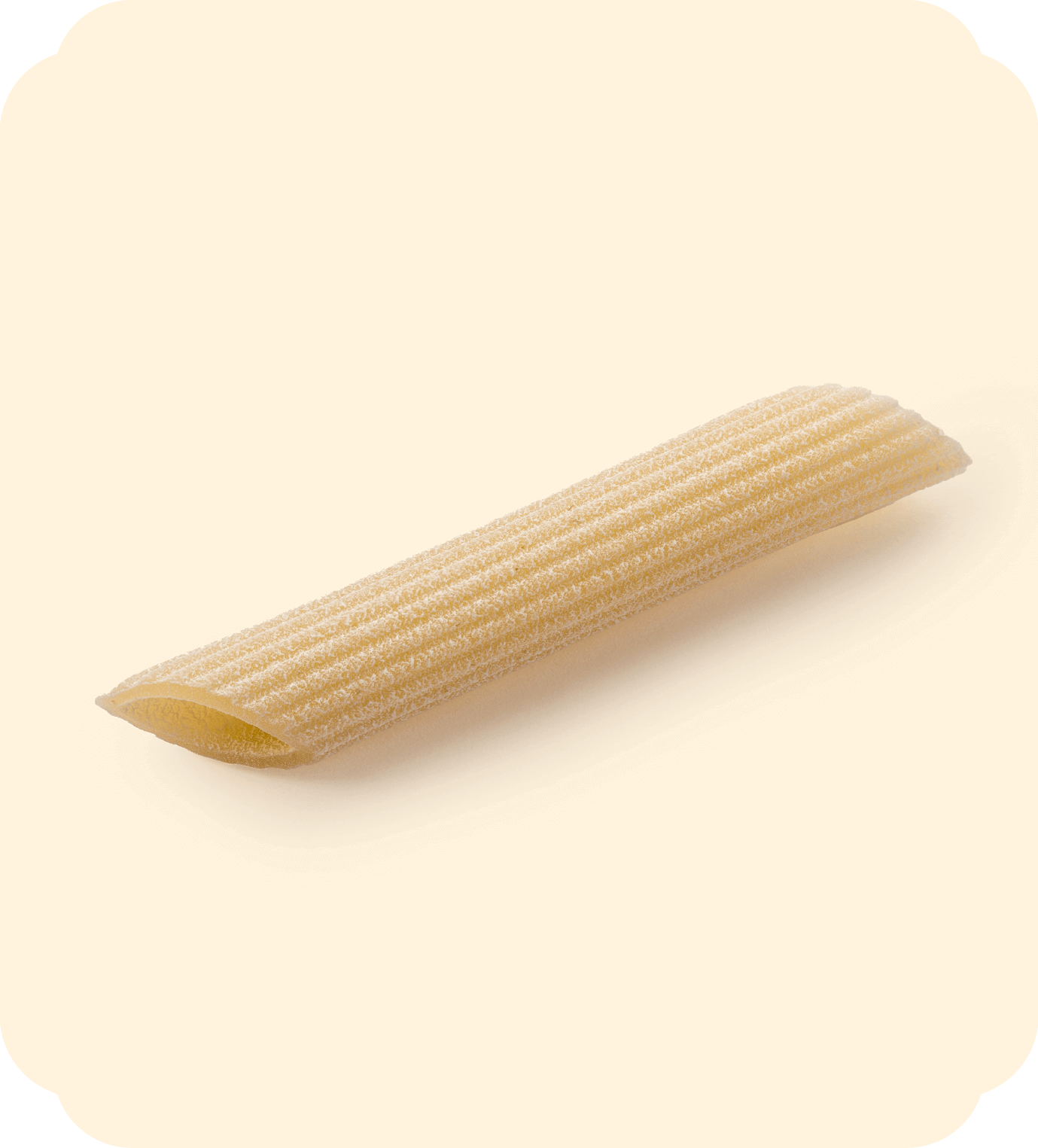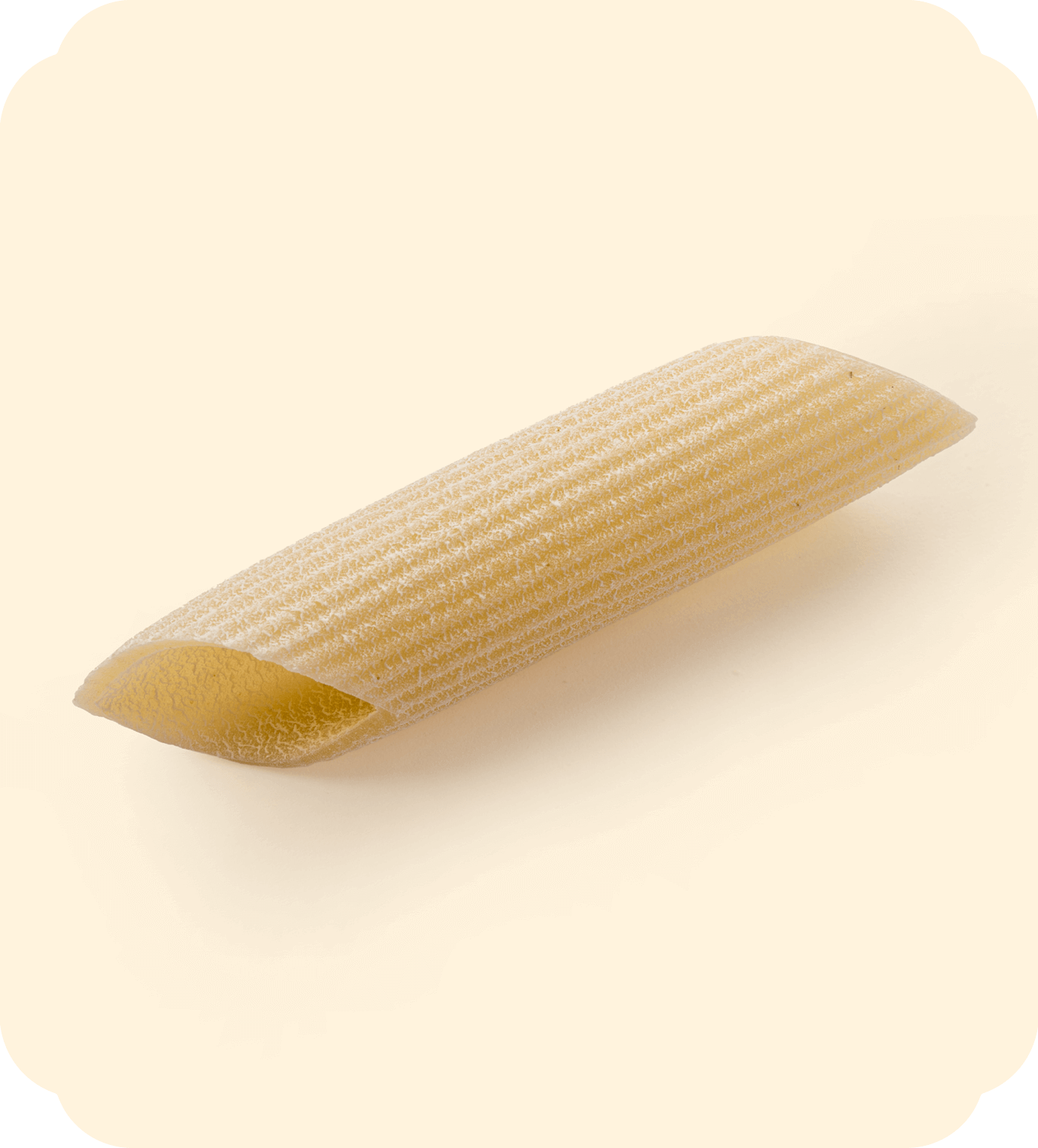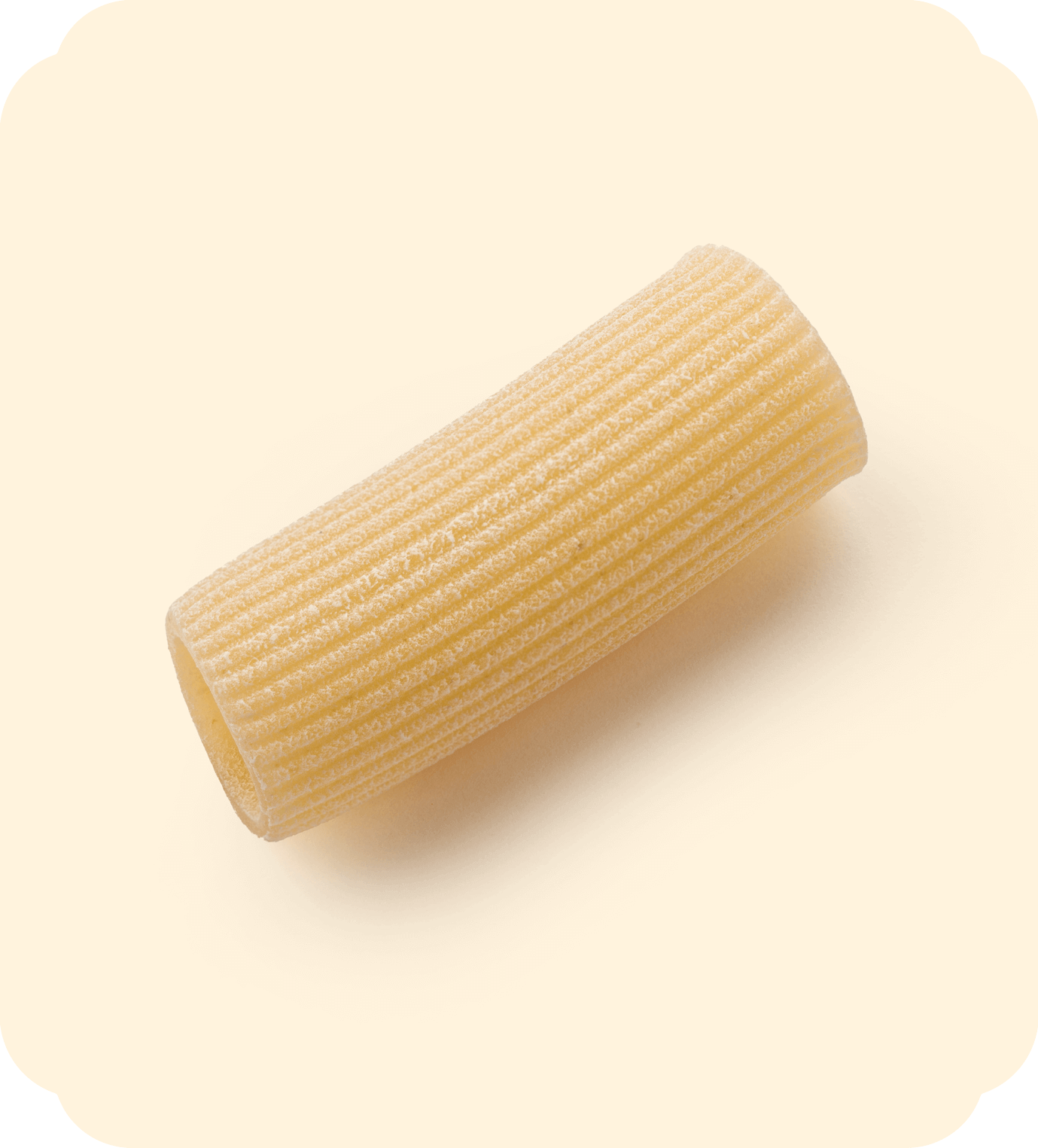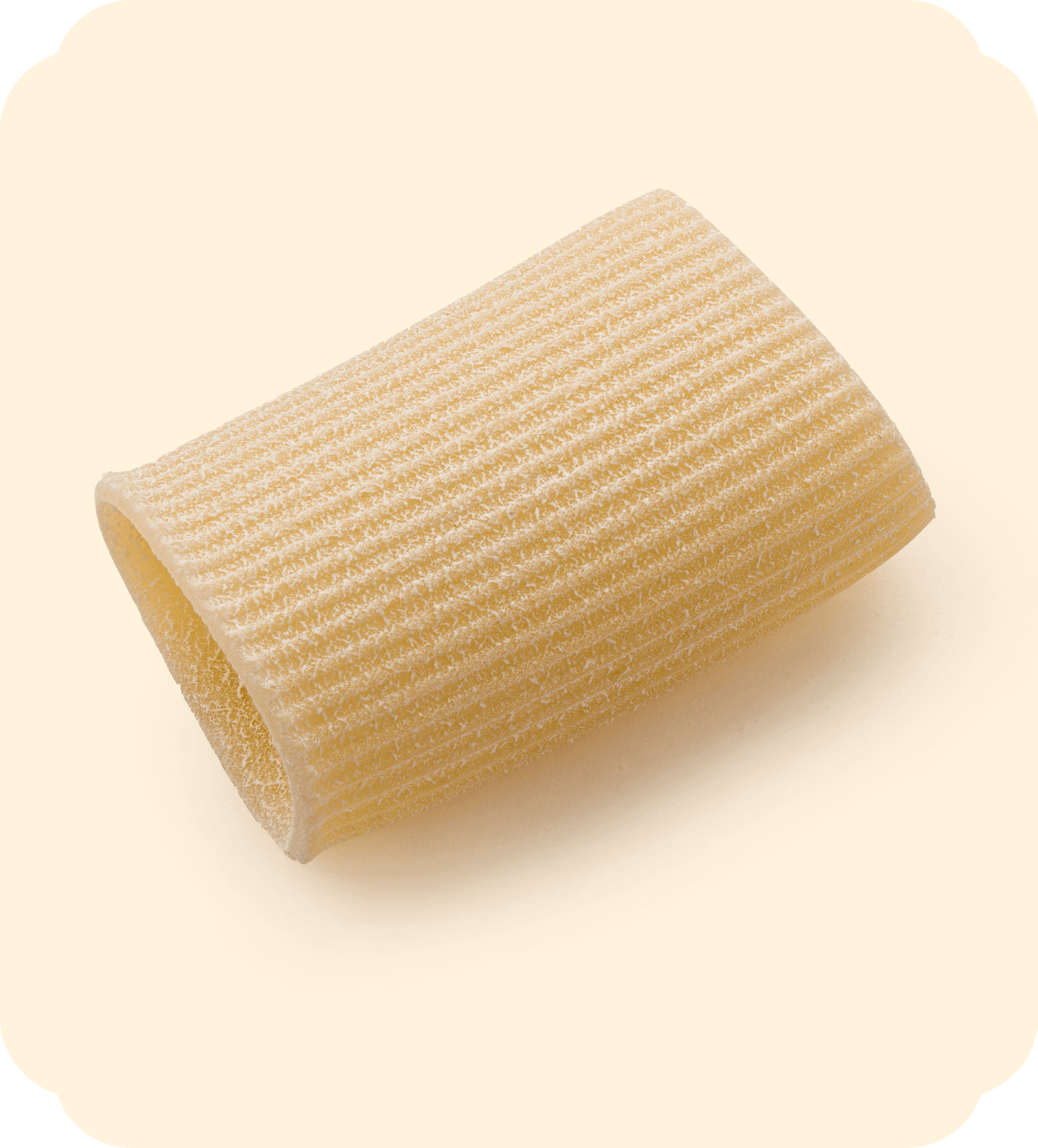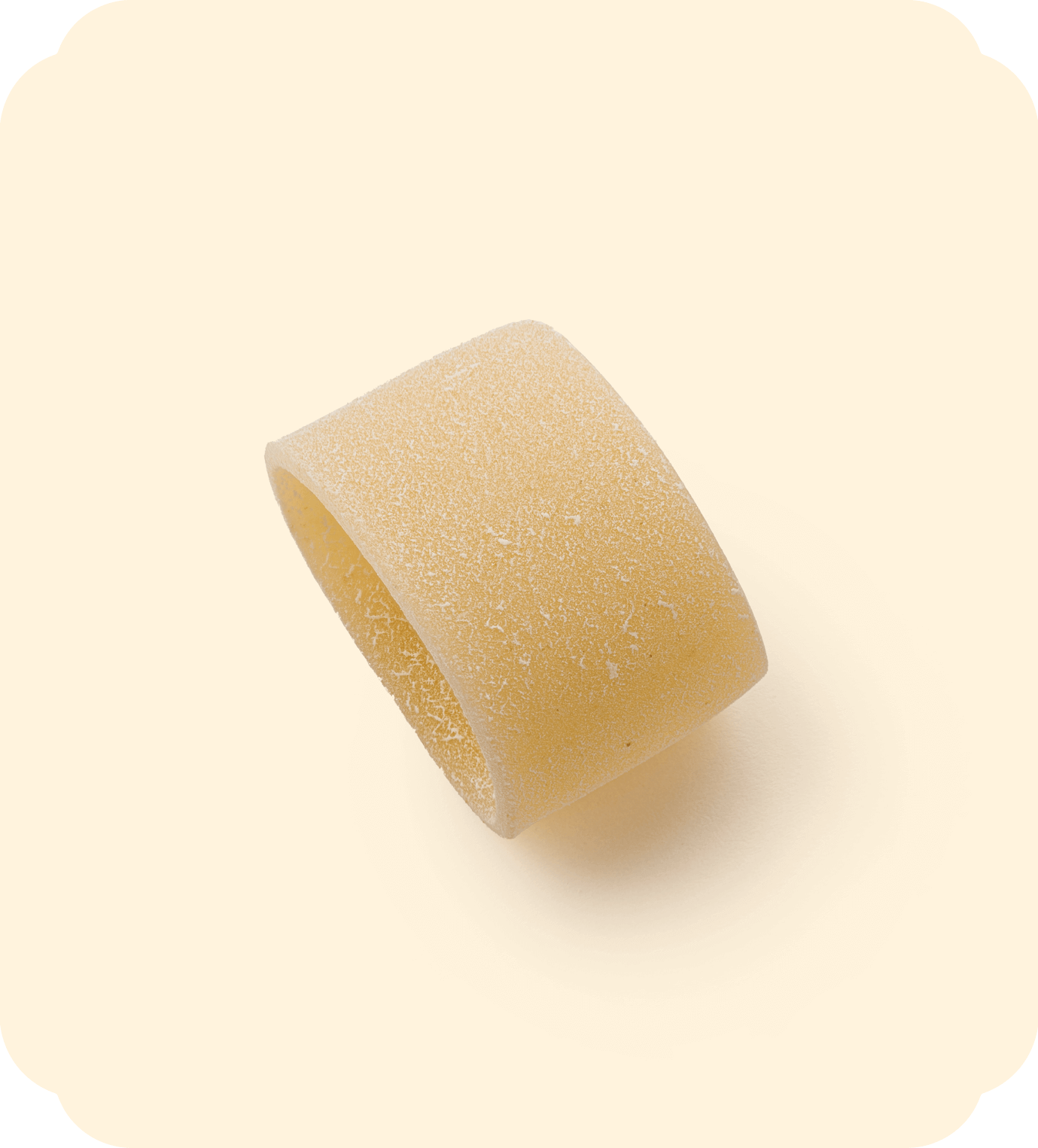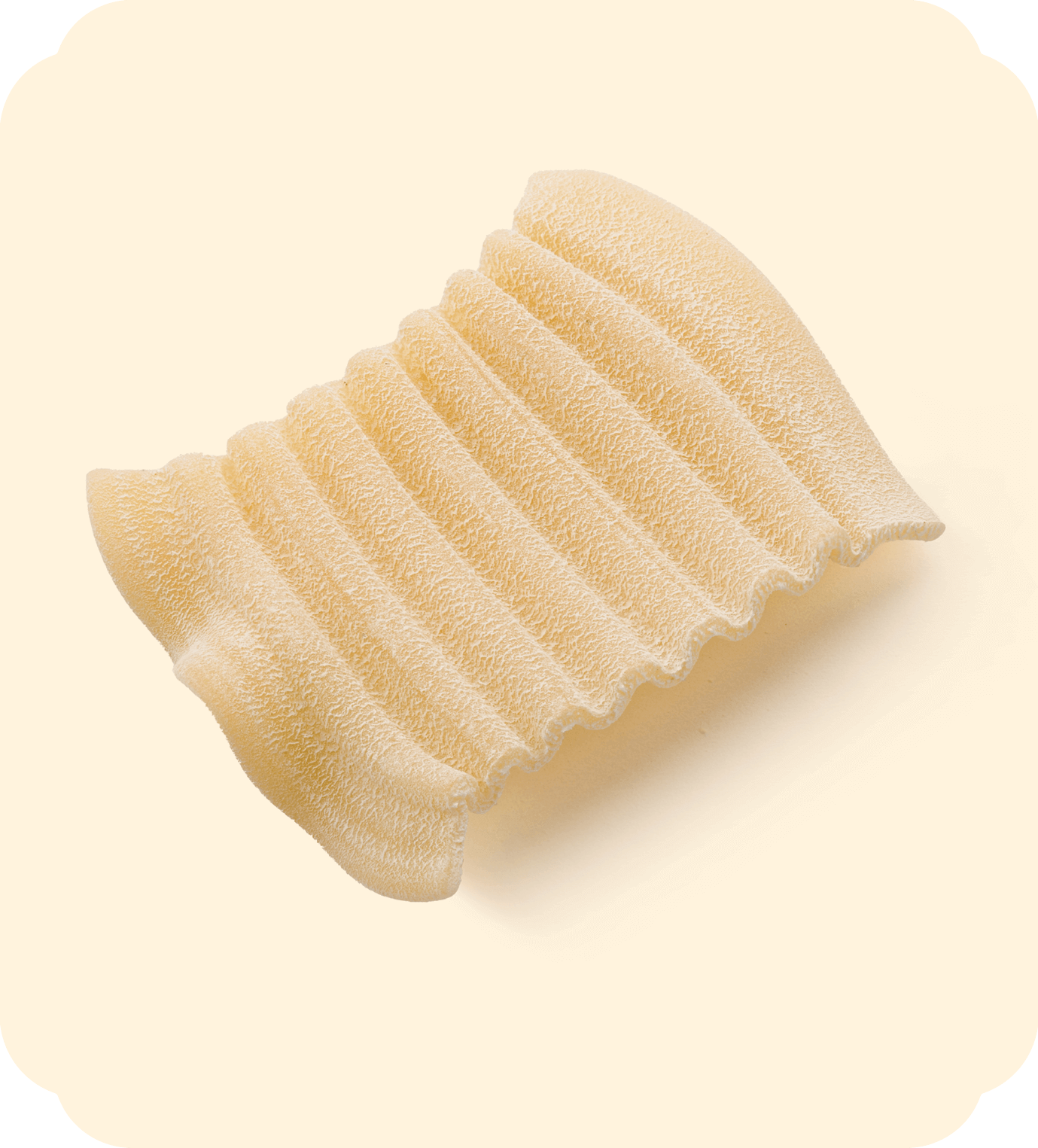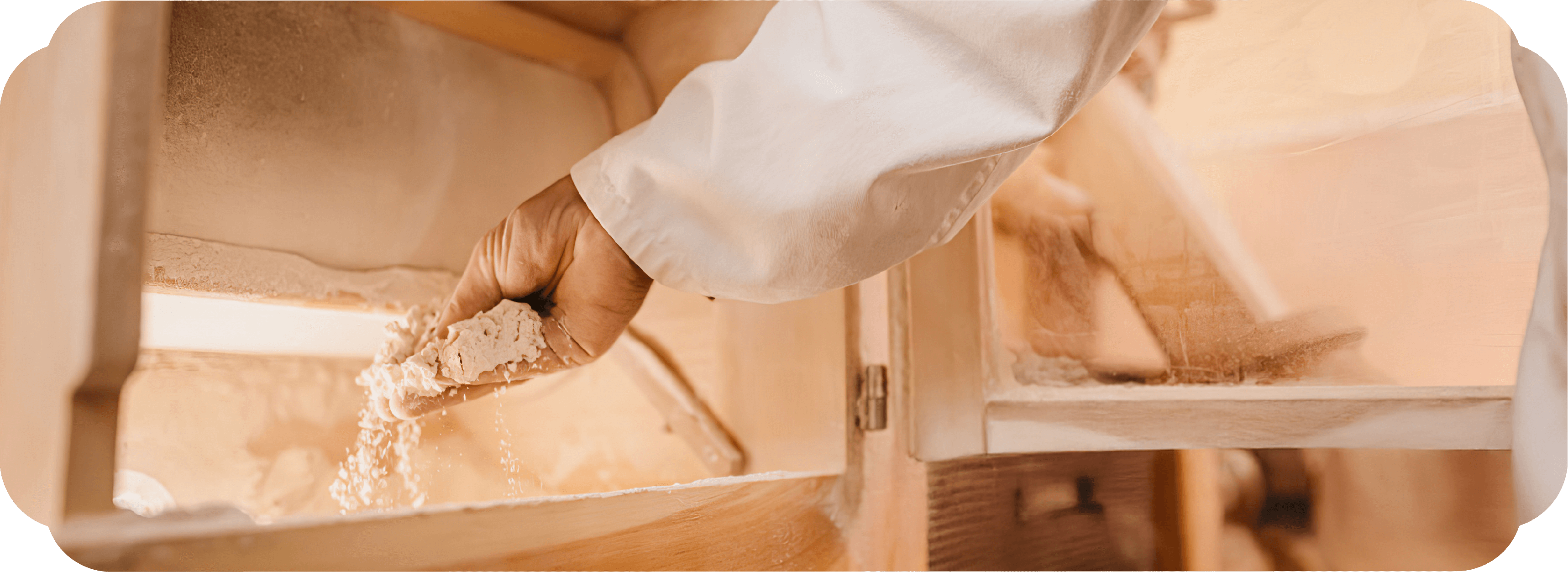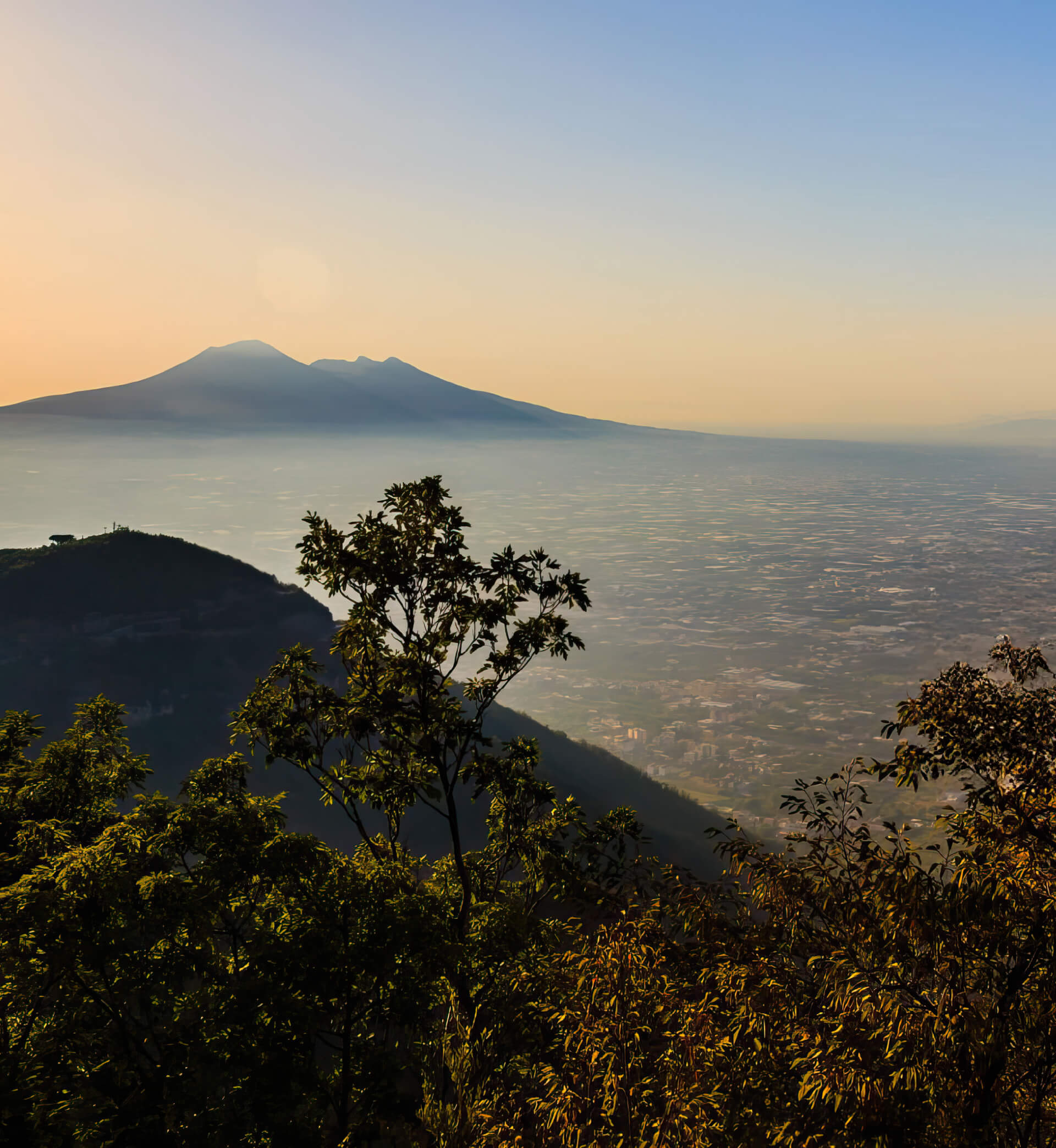
THE ANCIENT SPIRIT OF AUTHENTIC NEAPOLITAN PASTA
Gragnano pasta is born from a fortunate meeting between landscape, climate, and human ingenuity. Nestled between the Lattari Mountains and the Bay of Naples, this small town of the Campania region, with its unique geography and steady, sea-tempered humidit, has long offered ideal conditions for naturally drying pasta.
